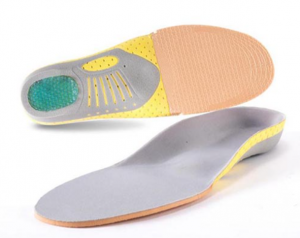
The disadvantages of EVA soles may include:
1. Poor wear resistance: EVA material is relatively soft and can be easily rubbed and worn, which may accelerate the wear and tear of the sole, especially when walking on rough terrain or engaging in high-intensity exercise.
2. Not suitable for extreme environments: EVA soles have low tolerance to temperature, humidity, chemicals and other harsh conditions. Long-term exposure to high or low temperatures, dampness, or harmful substances may cause deformation or aging of the soles.
3. Environmental pollution: Some harmful chemicals may be used in the manufacturing process of EVA soles, and because EVA is a synthetic material that is difficult to degrade and recycle naturally, it may pose potential hazards to the environment.
4. Plasticity leading to instability: EVA soles have some plasticity, which may result in permanent deformation after impact or heavy pressure, thus affecting their stability and support.
It should be noted that EVA soles have their unique characteristics and advantages, such as light weight, softness, shock absorption, etc., and their specific use effect depends on various factors such as product quality, design, and manufacturing processes.
